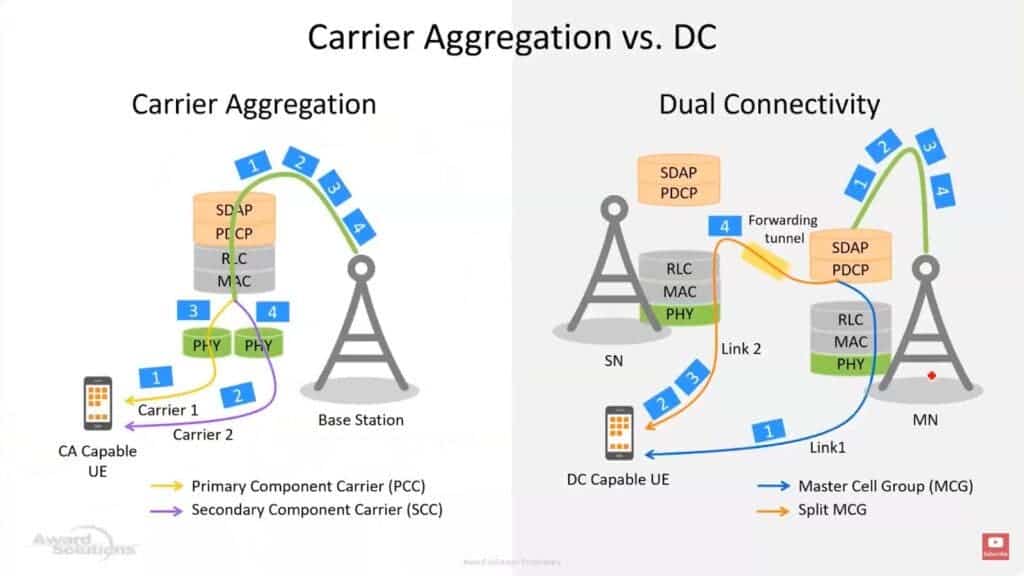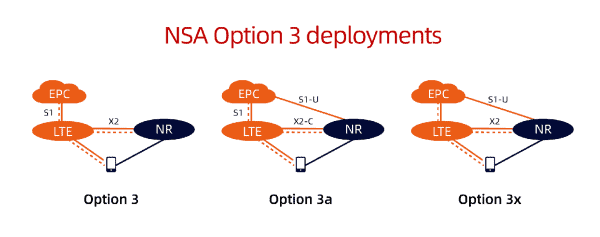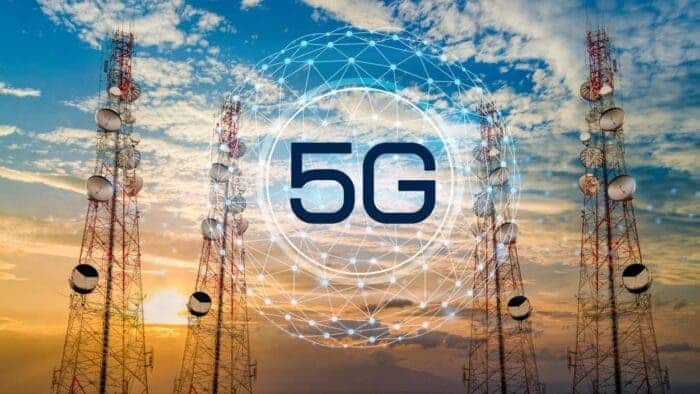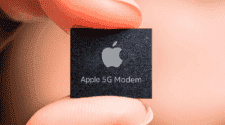In the 5G era, there are a couple of new terms that need explanation. The 5G network is more advanced and complex that its predecessor, 4G. One such term that requires explanation is “5G dual connectivity”. The previous 4G network is far from perfect. Thus, 5G had a lot of upgrades to do. In order to solve the issue of coverage and capacity of 4G, the new generation network brings “5G dual connectivity”. The 5G dual connectivity means that the smartphone can connect to two base stations simultaneously. These two base stations can be a 4G base station plus a 5G base station. However, they can also be two 5G base stations. Thus, they are also called MR-DC (Multi-Radio Dual Connectivity) or NR-DC.

The architecture does not seem to be complex. However, there are a few issues with it. Are there any primary and secondary points between these two base stations? Can dual connectivity and carrier aggregation coexist? Which base station is the control plane on? How to split user plane data? Are there any requirements for the core network? These are multiple questions that require answers.
First of all, although these two base stations serve users, they do have primary and secondary points. There is a Master Node (or MN Node) with high status. Also, there is a Secondary Node (SN Node) with low status. The Master Node is also the primary node. When a smartphone needs 5G connection, it first connects to the primary node. Subsequently, it adds the secondary node. The master or primary node is also the “anchor point” and it interacts with the control plane of the core network.
MCG Vs SCG
Regardless of whether it is the primary node or the secondary node, they support multiple carriers internally for carrier aggregation. For the master node, once the internal carrier is aggregated, it is equivalent to packing multiple carriers into a group. We collectively call this group, the Master Cell Group (MCG). Likewise, multiple cells within the secondary node are called Secondary Cell Groups (SCGs).

For MCG, similar to common carrier aggregation, the primary cell is also called a Pcell. In addition, the secondary cell is also called a Scell. For the SCG, the primary cell is called a PSCell (Primary Secondary cell). The remaining ordinary secondary cells are still called secondary cells SCell. Regardless of whether it is an MCG or an SCG, the primary cell is undoubtedly very important. Therefore, PCell and PSCell are collectively referred to as Special Cell (spCell for short).
The data bearer between the mobile phone and the master node is the MCG bearer. Likewise, the data bearer between the mobile phone and the secondary node is the SCG bearer. If the mobile phone has a bearer with the primary node and the secondary node at the same time, it is a split bearer. This indicates that the data is split at a certain node. The base station connects to the smartphone and core network simultaneously. This means that the field of view is naturally much wider than that of a smartphone. When the smartphone receives data, it knows the node from which it emanates.
How complex is 5G dual connectivity
As we said earlier, the smartphone may connect to a 4G and a 5G network simultaneously. However, determining whether the connection is a 4G core network or a 5G core network is complex. Also, determining whether the base station is a 4G base station or a 5G base station is not a simple task. To attempt to explain this, we can use the non-standalone (NSA) and standalone (SA) networks. We will use option 3x of the NSA architecture and option 2 of the SA architecture as examples to see how they both implement 5G dual connectivity.
5G NSA Option 3x
Option 3x is essentially a 5G dual connectivity between a 4G base station and a 5G base station. This is also known as EN-DC. The core network adopts 4G EPC, and the 4G base station is the main node. This is the anchor point of the control plane. In such a scenario, the 5G base station is the secondary node. The secondary node is also the distribution control point of the user plane.

For voice services, option 3x can only use 4G without offloading. This forms the MN-terminated MCG bearer; for data services, If the 5G base station does not perform offloading, it is the SN-terminated SCG bearer.
Option 2
Implementing 5G dual connectivity on option 2 is called NR-DC. This is dual connectivity between the 5G base station and the 5G base station. The core network uses 5GC, one 5G base station uses the Sub6G frequency band as the main node and the offload control point. The other 5G base station uses the millimeter wave frequency band as the secondary node. With the deepening of 5G deployment, on the basis of the mid-band 3.5GHz or 2.6GHz independent networking (option 2), and then superimposing millimeter waves through NR-DC to achieve ultra-high uplink and downlink rates, more operators choose this option for 5G dual connectivity.
Conclusion
A good part of the details in this article is technical notes that an average smartphone user will not understand. However, the bottom line is that 5G dual connectivity means that a smartphone can connect to two base stations simultaneously. This will ensure that the smartphone has internet connectivity at all times. Data can be used from any of the networks.





